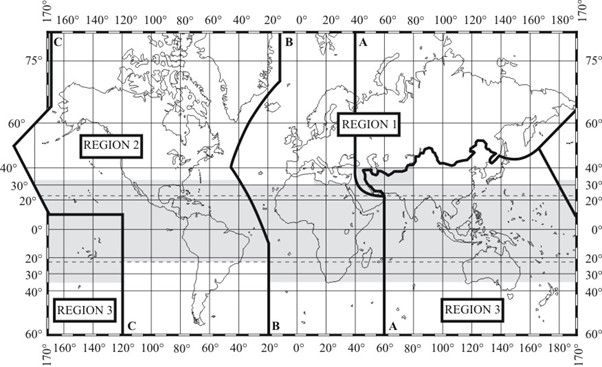
Another step towards FM radio expansion in Africa
By Ilham Ghazi, Broadcasting Division Head, ITU
Radio is one of the most important means of communication in the world, especially in rural and remote areas and throughout developing countries.
The information delivered via radio broadcast serves to educate and can even save lives in emergencies, including the ongoing pandemic. The medium’s enduring popularity over more than a century can be attributed to its affordability and ease of use compared to other technologies and information sources.
Radio in Africa
As radio services in Africa continue to grow, the demand for additional frequencies rises in step.
The Radiocommunication Bureau at the International Telecommunication Union (ITU), in collaboration with the African Telecommunications Union (ATU), has carried out an initiative over the past two years to optimize the GE84 Plan for African countries.
The GE84 Plan relates to the use of frequencies between 87.5 and 108 megahertz (MHz), also called Band II, for FM sound broadcasting in Region 1 and part of Region 3 as established in the Regional Agreement of Geneva in 1984 – hence the name “GE 84.” For the allocation of frequencies, the world has been divided into three Regions, as shown on the following map, in which the African territory is found in Regions 1 and 3.

This initiative fosters efficient and equitable use of Band II for analogue sound broadcasting across Africa. It also allocates new FM broadcasting frequencies to meet growing demand in 53 African countries.
The process followed a series of regional workshops and coordination meetings, culminating with the recent, crucial, third coordination meeting held between 24 and 28 January which gathered around 220 participants from 45 African and 11 neighbouring nations.
Software tools from the ITU Radiocommunication Bureau were used to perform valuable frequency compatibility analyses based on GE84 Agreement principles, with several iterations carried out based on the coordination criteria adopted at an earlier, July 2019 frequency coordination meeting.
By the end of last month, the outcomes of the GE84 Plan optimization for Africa project exceeded expectations.
The 85 per cent success rate for submitted FM frequency assignments means 18,326 assignments in total can now be used without harmful interference.
Inclusive iterations
These results are the fruit of 32 iterations of frequency compatibility analyses and multiple bilateral coordination meetings. Compared to the more congested broadcasting plan first established in Geneva in 1984, this new achievement represents a considerable step forward. It was made possible thanks to high levels of participation, intensive involvement of representatives from the African countries, and efficient discussions throughout the project period.
For countries that couldn’t send representatives to this final meeting, ITU’s radiocommunication experts and delegates noted estimated frequency needs based on what was already recorded in the GE84 Plan, ensuring that all countries would benefit from additional coordinated frequency assignments.
The success of GE84 Plan optimization strengthens the uptake of FM Radio across Africa. It will also provide a solid basis for the transition to digital radio when countries decide to introduce this further advancement in broadcast radio.
This month, when the ATU expects to start work on a strategy to introduce digital radio across the continent, Africa’s newly acquired frequencies in Band II will certainly facilitate and accelerate the transition once countries are ready.
Image credit: Ovinuchi Ejiohuo via Unsplash
